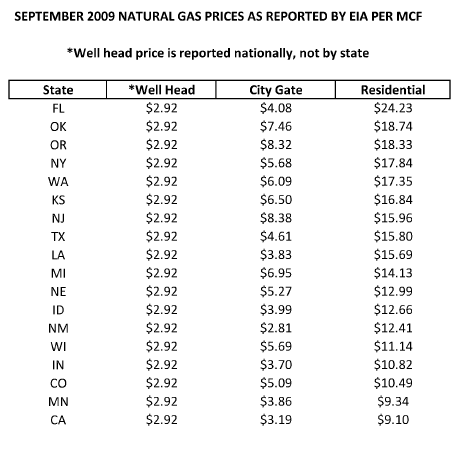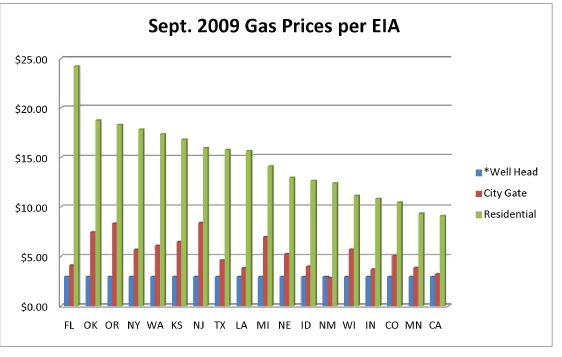The debate over the safety of hydraulic fracturing continues. The Environmental Working Group, a Washington-based non-profit environmental advocacy organization, has issued a white paper, “Drilling Around the Law,” calling for fracking to be regulated under the Safe Drinking Water Act and to require public disclosure of chemicals used in frac fluid. The EWG claims that “companies that drill for natural gas and oil are skirting federal law and injecting toxic petroleum distillates into thousands of wells, threatening drinking water supplies from Pennsylvania to Wyoming.” EWG claims that fracking has been linked to drinking water contamination and proeprty damage in Colorado, Ohio, Pennsylvania, Wyoming and other states, citing articles written by Abrahm Lustgarten in ProPublica, another non-profit organization.
Meanwhile, Chesapeake has published on its website a “Fact Sheet” listing the chemicals used in its frac fluids in the Barnett Shale. The list includes “petroleum distillate,” which Chesapeake describes as a “friction reducer,” describing it as a product “used in cosmetics including hair, make-up, nail and skin products.” The website shows that 99.5% of frac fluid is made up of water and sand, and only .5% is made up of additives, including “petroleum distillate.” But the site does not show what percentage or volume of “petroleum distillate” or other additives are used in the frac fluid, or what kind of petroleum distillate is being used.
Another energy organization, Energy In Depth, has published a response to the EWG’s white paper on fracking, “When Gummy Bears Attack.” its author, Chris Tucker, cites data from the U.S. Department of Energy to show that “petroleum distillate” represents .088% of the volume of frack fluid. He says that petroleum distillates are used in lip gloss, sunscreen and gummy bears.





